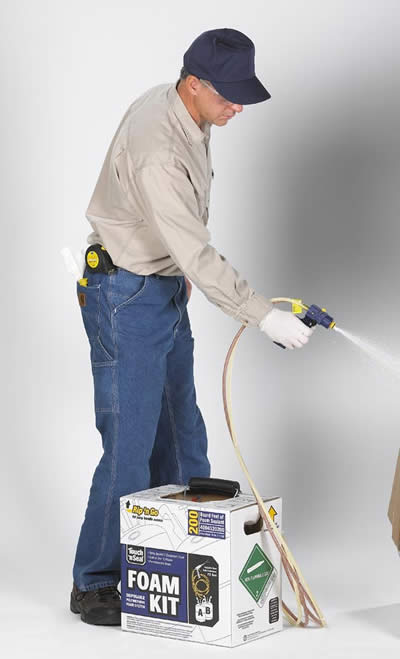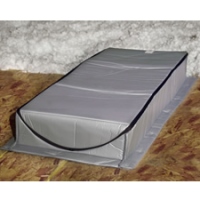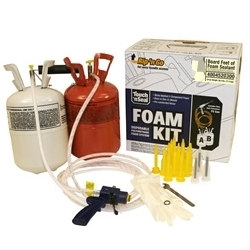
Weather proofing your windows is key to maintaining both a comfortable and energy efficient home in the coming winter months. But as you sit huddled in your overstuffed arm chair, bundled in blankets, trying to escape the chilly draft sneaking its way into your home, you may find yourself wondering where to begin. Plastic Storm Window Kits and Plastic Shrink and Seal Window Kits each offer their own pros and cons. But before you make your choice, let’s see how the two stack up in factors of cost, time, investment, and reuse.
Think of the weather proofing of your windows like buying a new winter coat. You can buy the bargain coat and it will do the job, but you’ll probably find yourself purchasing a new one as next winter approaches. Invest in a sturdier, slightly more costly coat and it will last you countless winters to come. Plastic Shrink and Seal Window Kits are the bargain buy of window weatherization. These offer a lower price than their counterpart, but only a single season of sealed windows. These kits come in the form of a plastic film that covers the windows surface, eliminating drafts, energy loss, and frost build-up. With just a little bit of trimming and a common household hair dryer, you’ll increase the R-value of your windows up to 90%. That’s more thermal resistance, for just a few dollars and a few minutes of installation time. If you’re looking for a quick fix at a low price, Plastic Shrink and Seal Window Kits may be the product for you.
Plastic Storm Window Kits are the investment winter coats of window weatherization. They’re slightly more costly upfront, but can be used for more than just the current chilly season. This kit includes a plastic spline and a channel system to produce the seal in the front of the window. Because of this process, the installation time is a bit more involved than for the speedy, bargain option. But with that comes the ability for them to be reused. With an investment of your time and money, you’ll be well on your way to saving anywhere from 10% to 15% on your energy bills. Because Plastic Storm Window Kits are sturdier than their Shrink and Seal counterparts, you’ll be able to enjoy their benefits for many winters to come.
Just like picking out a new winter coat, the choice between the Shrink and Seal versus the Plastic Storm Window kits is a matter of preference. Whether you’re in the market for a one season bargain or a pricier investment, you can rest assured, warm and comfortably, that your home will be more energy efficient. You’ll feel the difference!









